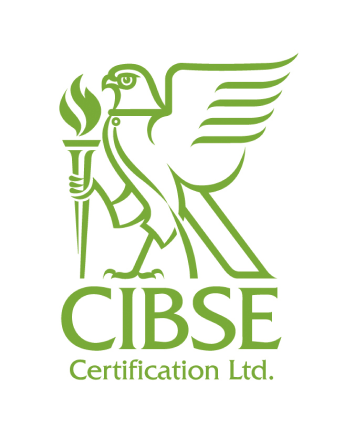Building Control Elements
Actuators
Devices that form part of a control system that responds to sensors adjusting the internal conditions accordingly to match demand.
Internal Environment
The internal environment refers to the strategy employed to heat, cool and distribute air around a building. The internal environment can be heated and/or cooled, whilst air distribution could be through natural or mechanical methods, or a mixture of the both for a mixed-mode strategy. If comfort cooling is provided throughout the internal environment would be fully air conditioned.
Building Management System (BMS)
A computer based system that provides varying degrees of functionality to control building services.
Compensator
A form of control for heating systems that automatically regulates the internal temperature based upon weather conditions.
Daylight Sensing
Controls that monitors levels of daylight to switch on/off or dim lighting to match the actual requirement.
Occupancy Sensor
A device that detects if people are within a particular area of a building.
Optimised Start (Optimiser)
A controller that adjusts the start (and stop) time of the heating system to ensure is comes on (and goes off) at the desired time to match the temperature of the building.
Further reading
- CIBSE Guide B 'Heating Ventilation Air Conditioning and Refrigeration'
- CIBSE Guide H 'Building Control Systems'
- CTV032 Technology Guide: Building Controls available from www.carbontrust.co.uk
- Non-domestic Heating Cooling and Ventilation Guide available from www.communities.gov.uk
